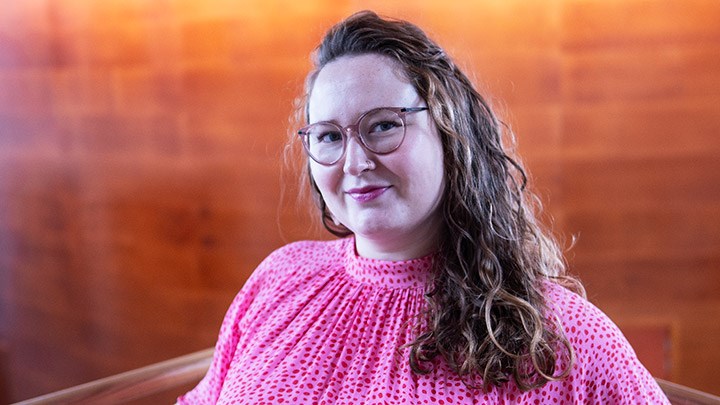How future visions influence education policies

“In Sweden, we are influenced by the global discussion,” says Franziska Primus, who has examined which future visions form the basis of the UN's global guidelines for education.
The UN has established global guidelines for designing education. In her doctoral thesis in pedagogy at Örebro University, Franziska Primus reveals the perceptions of the future that form the foundation for the goals.
“In Sweden, we are influenced by the global discussion. These insights can create increased opportunities for us to understand, respond and influence political decisions,” says Franziska Primus.
Franziska Primus’ doctoral thesis: Present Futures in Global Education Governance: A Critical Discourse Analysis of UNESCO's Futures of Education Initiative
UNESCO is the United Nations agency for education and one of the key players in global education governance. The resulting report, Futures of Education, outlines new guidelines on how education should be organised to contribute to the common good of humanity.
Franziska Primus demonstrates that the report presents the future as elusive and transformative. The perception of the future as unstable, constantly changing, and filled with crises and threats underpins the goal that all education should be flexible, adaptable, and pluralistic. One example is lifelong learning, which is intended to be tailored to people's diverse life situations.
These narratives of the future do not have to be realistic, as they cannot be proven until after the fact. However, they do need to be convincing,” says Franziska Primus.
UNESCO aims to create a new social contract centred on equality and justice, not least for countries in the Global South.
In my analysis, I would say that the initiative aims to contribute to decolonisation and democracy, but at the same time, through the concepts it promotes, it represents a Western view of education,” explains Franziska Primus.
The social contract is one problematic example because it draws on ideas from the Enlightenment, a period that also represented concepts of superiority and inferiority among individuals based on social origin and race, among other factors.
Franziska Primus also demonstrates that much of the report's terminology is vague. She concludes that employing such broad keywords to reach out is a strategic approach.
“It allows us to bring in different perspectives on education and has the potential to convince various stakeholders.”
At the same time, Franziska Primus recognises that such central conflicts and vague terms can make it difficult to achieve meaningful change.
“It’s hard to change the rules when you are part of the game.”
Combined approach
The methodology selected by Franziska Primus adopts a discourse-historical approach. This approach is a variant of critical discourse analysis, emphasising historical, political, and social developments.
In addition to analysing the content of the UNESCO initiative and report, she has highlighted the linguistic elements used to convey ideas about the future and education.
Text: Lena Vestlin
Photo: Jerry Gray
Translation: Jerry Gray
